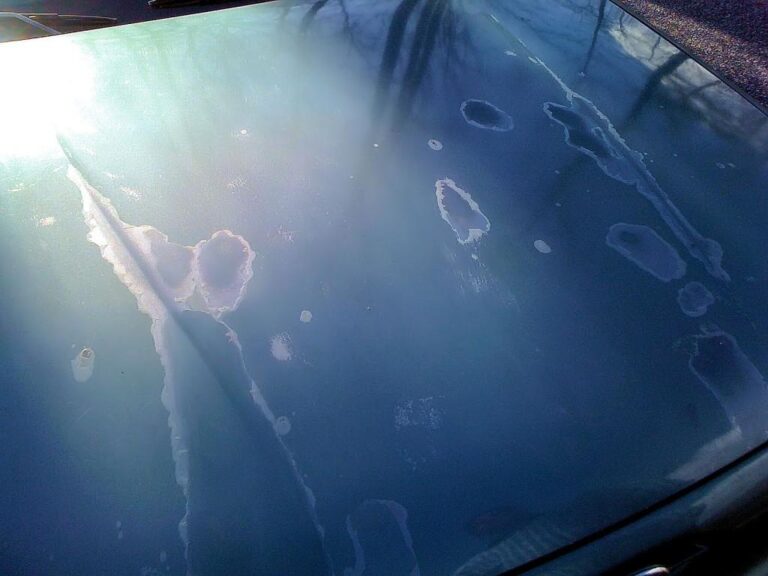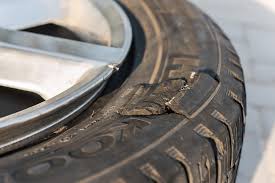Will a Transmission Flush Help Slipping?

Transmission slipping is a common issue that many drivers face, often causing frustration and concern. It occurs when your car’s transmission fails to shift gears properly, leading to a delay or erratic shifts. You might have heard that a transmission flush can help fix this problem. But does it really work? Let’s explore how a transmission flush works, what causes transmission slipping, and whether it can help resolve this issue.
What Is a Transmission Flush?
A transmission flush is a service that involves removing old transmission fluid and replacing it with fresh fluid. This process is typically done using a machine that forces old fluid out of the transmission system while simultaneously filling it with new fluid. It’s often recommended to flush your transmission at regular intervals (based on your vehicle’s manufacturer recommendations) to ensure optimal performance.
Common Causes of Transmission Slipping
Transmission slipping can be caused by several factors, including:
1. Low or Dirty Transmission Fluid
The most common cause of slipping is low transmission fluid or dirty fluid that has lost its effectiveness. Transmission fluid lubricates and cools the transmission components, so if it’s low or degraded, your transmission may have difficulty shifting properly.
2. Worn Out Clutch or Bands
In automatic transmissions, worn-out clutches or bands can lead to slipping, as they no longer engage properly. This can prevent smooth shifting.
3. Faulty Transmission Solenoid
A bad transmission solenoid can cause incorrect fluid pressure and lead to slipping. Solenoids control the flow of transmission fluid within the transmission system.
4. Internal Transmission Problems
More severe issues like worn gears, a broken torque converter, or other internal transmission damage can also result in slipping. These problems may require more extensive repairs or even a transmission replacement.
Can a Transmission Flush Help Fix Slipping?
A transmission flush can help improve slipping issues in some cases, particularly if the cause is dirty or low transmission fluid. Here’s how:
1. Removing Contaminated Fluid
If your transmission fluid is old, contaminated, or has lost its effectiveness, a flush can remove the dirt, debris, and sludge that have built up over time. This fresh fluid can help restore proper lubrication and improve the performance of your transmission, potentially reducing slipping.
2. Restoring Fluid Levels
If low fluid levels are causing slipping, a flush can ensure that your transmission is filled with the correct amount of fresh fluid. The added fluid can help restore the proper hydraulic pressure needed for smooth shifting.
3. Enhancing Fluid Efficiency
Fresh transmission fluid often has better viscosity, making it more effective at lubricating components. This can improve the overall performance of the transmission and potentially reduce slipping caused by friction or insufficient lubrication.
When a Transmission Flush Won’t Help
While a transmission flush may help in some cases, it is not a cure-all solution. If the cause of your transmission slipping is more serious, such as internal mechanical failure, a flush will not resolve the issue. Some situations where a flush will not help include:
1. Severe Internal Damage
If your transmission has worn-out gears, broken components, or mechanical failure, a flush will not fix the underlying problem. In such cases, more extensive repairs or even a full transmission replacement may be required.
2. Transmission Fluid Leaks
If your vehicle has a leak in the transmission system, a flush will only temporarily address low fluid levels. The underlying leak must be repaired for the problem to be resolved.
3. Faulty Transmission Solenoid
If a faulty solenoid is causing the slipping, a flush will not correct the issue. The solenoid would need to be replaced for proper shifting to occur.
Alternatives to a Transmission Flush
If a transmission flush doesn’t seem to help, there are other options that might be worth exploring:
1. Transmission Fluid Change
In some cases, a fluid change (not a full flush) may help. This involves draining the old fluid and refilling it with new fluid, but without using a machine to completely flush out all the old fluid. This can be a more gentle alternative if your transmission fluid is slightly dirty but the system is otherwise in good condition.
2. Transmission Repair
If the issue is caused by internal damage or worn-out components, repairing or replacing the faulty parts is necessary. Depending on the severity, this could involve replacing solenoids, clutch packs, or other internal components.
3. Transmission Rebuild or Replacement
In extreme cases, if the transmission has significant internal damage, a rebuild or replacement may be the best option to restore the vehicle’s functionality.
FAQs
1. Can a transmission flush fix all slipping issues?
No, a transmission flush may only help if the slipping is due to dirty or low transmission fluid. If there’s internal damage or a mechanical issue, a flush won’t resolve the problem.
2. How often should I get a transmission flush?
Most manufacturers recommend a transmission flush every 30,000 to 60,000 miles, but this can vary based on your vehicle’s make and model. Always consult your owner’s manual for specific recommendations.
3. Will a transmission flush harm my car?
A transmission flush is generally safe when done correctly and at the proper intervals. However, if the transmission is already in poor condition, a flush could potentially aggravate existing problems by dislodging debris or sludge that could further damage internal parts.
4. How can I tell if my transmission is slipping?
Common signs of slipping include delayed shifting, erratic shifting, or the engine revving without an increase in speed. If you experience any of these symptoms, it’s important to get your transmission inspected.
Conclusion
A transmission flush can help fix slipping issues if the cause is related to dirty or low transmission fluid, but it is not a universal fix. If your car’s transmission is slipping due to more serious internal issues, a flush will not solve the problem. Always have your transmission diagnosed by a professional to determine the root cause of the slipping, and consider flushing your transmission as a preventive measure or for minor fluid-related issues.





